During the summer I took a short trip outside Tokyo to the historic town of Nikko (日光市), a journey of about 2 hours by train. The area is popular with travellers for its ornate shrines and hot springs (onsen).
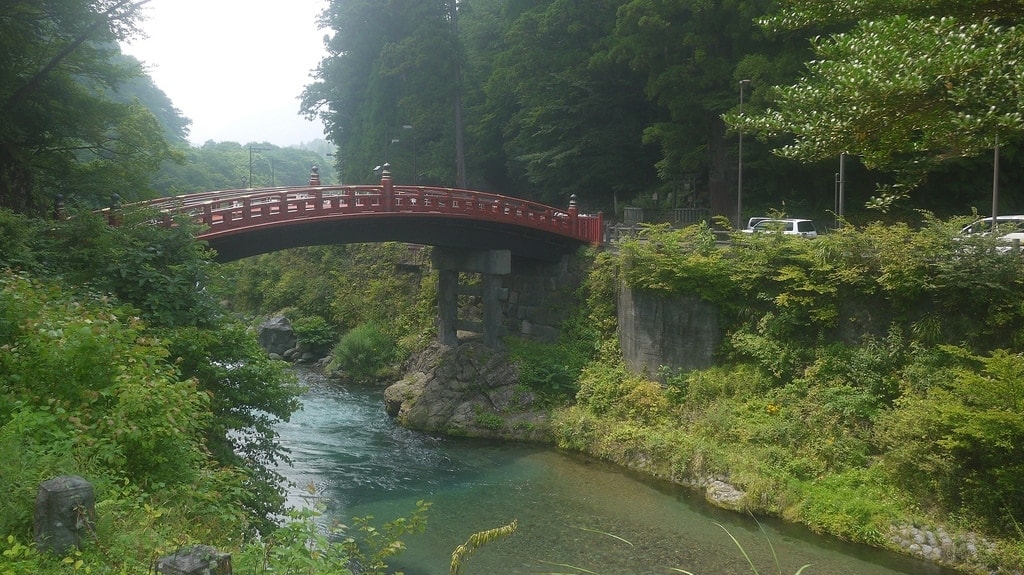
After arriving at Tobu Nikko station you can choose to take a bus or walk 20 minutes to the shrine and temple area (as we did). You’ll know you’ve reached it when you pass by the beautiful vermilion lacquered Shinkyo Bridge (神橋) which was the original gateway to Nikko. In the past, it could be crossed only by messengers of the Imperial court but today you can pay for the privilege!
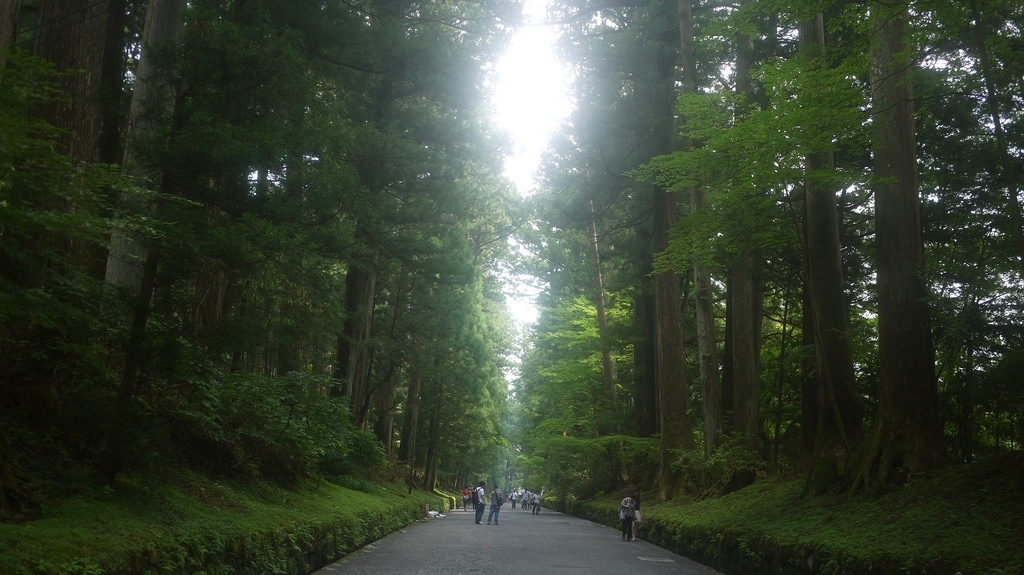
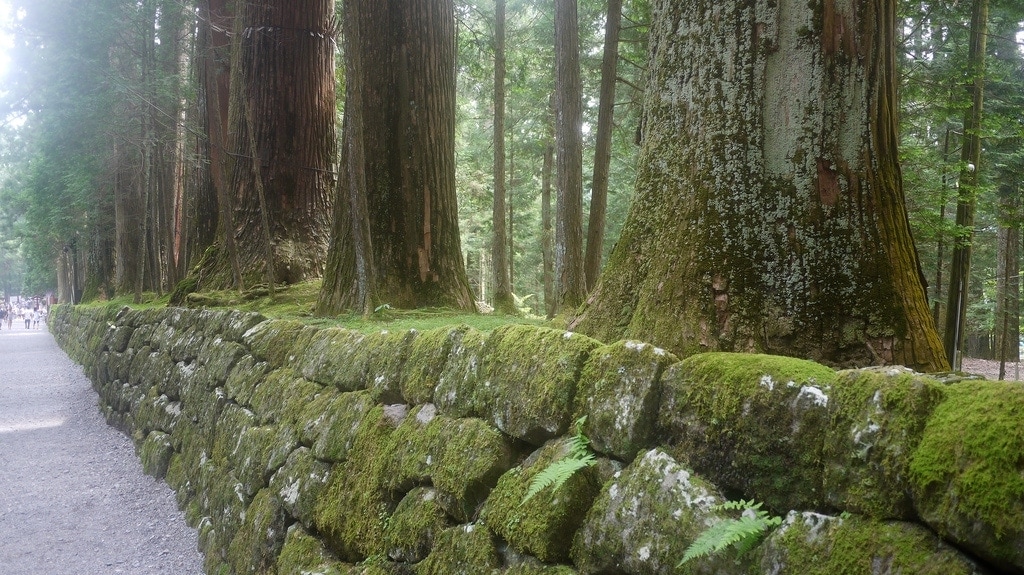
To my mind the best part of Nikko has to be its magnificent forest of over 13,000 cedar trees, covering the entire area, providing a cool and atmospheric backdrop to the history.
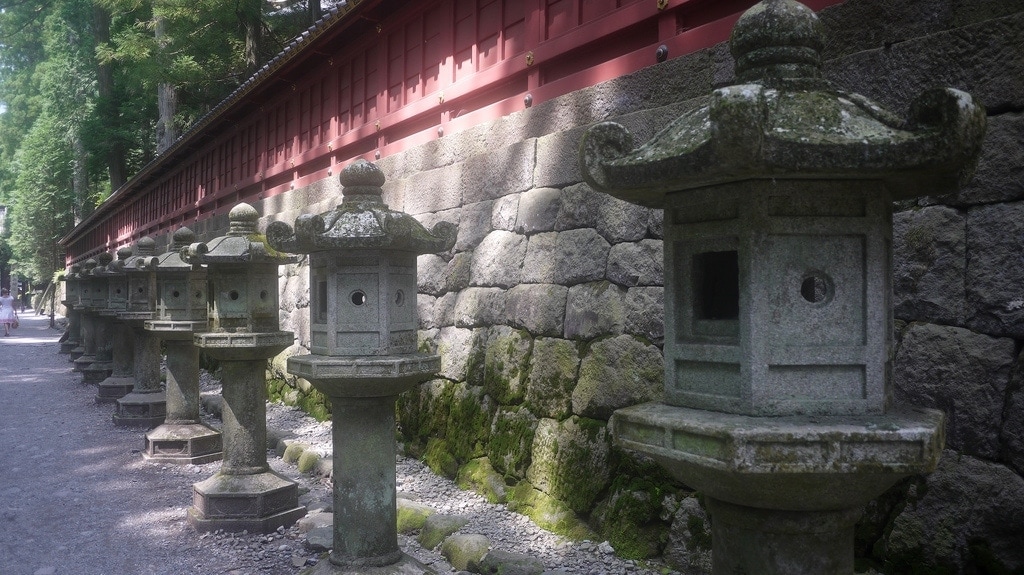
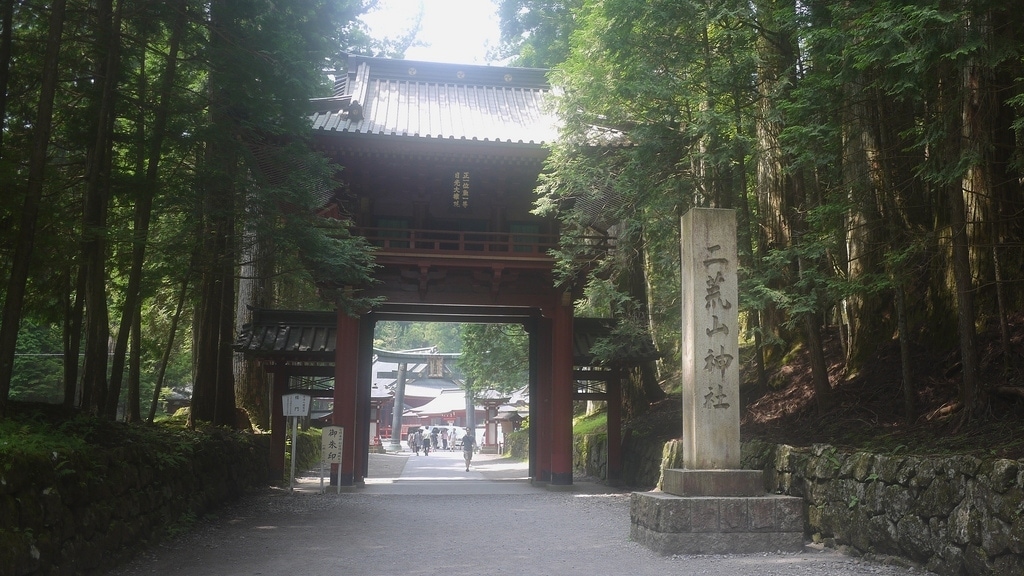
Futarasan Shrine (二荒山神社) was the first shrine we visited and it was here that I began to get somewhat irritated.
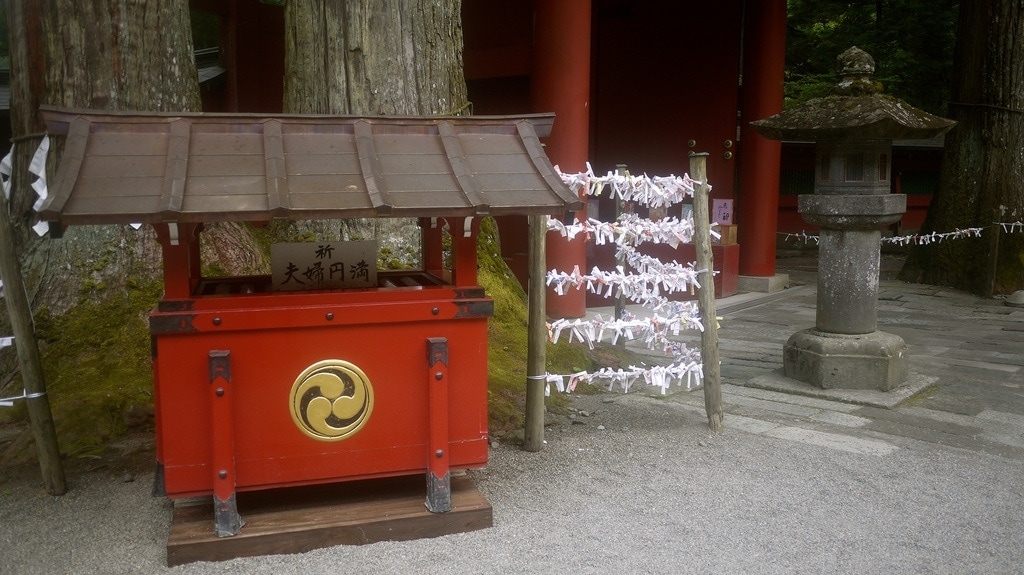
Don’t get me wrong, the whole of Nikko is incredibly beautiful but the visual harmony has been vandalised by an excess of ugly and unnecessary signage everywhere (not pictured to save the eyesore). No doubt those who look after the shrines are just trying to be informative but by cluttering up the view they are destroying exactly what made it special in the first place.
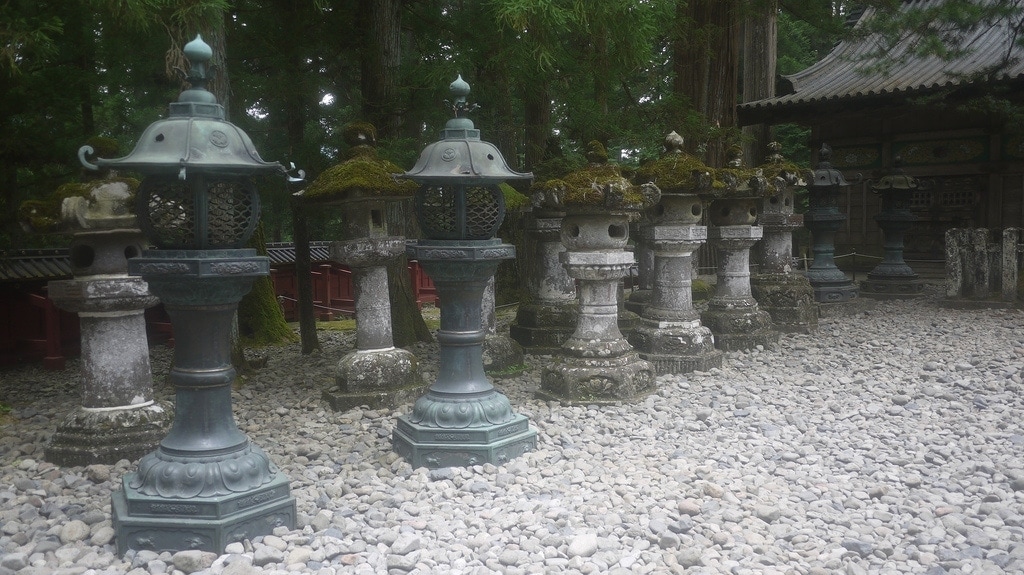
Luckily I’m not the only person who thinks this – a group called Signage for Heritage led by Eisuke Tachikawa (from design agency Nosigner) is attempting to come up with better solutions and restore some of the beauty that had been lost around Japan. Check out his TEDx talk on the subject for more details.
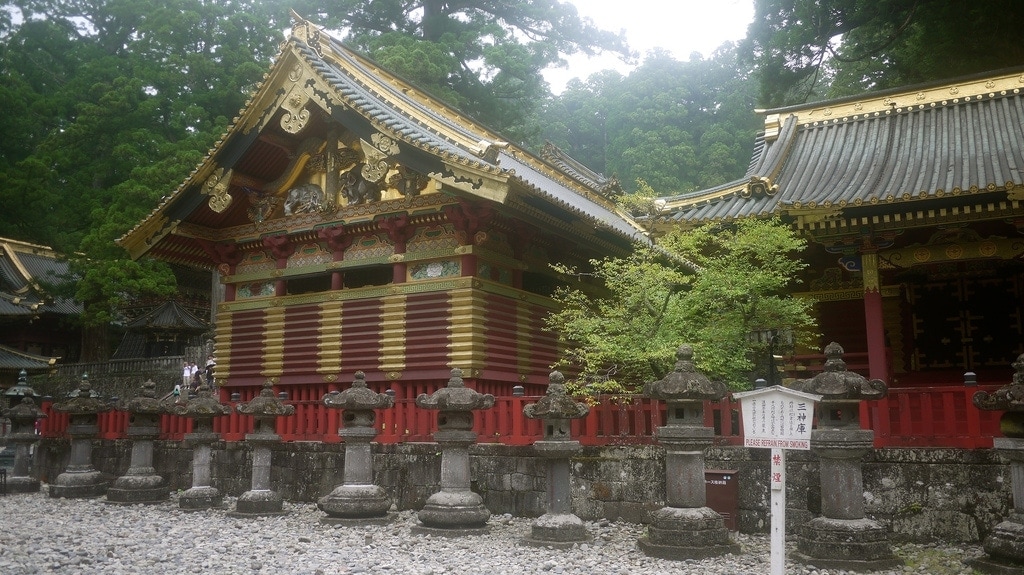
Our next stop was Toshogu Shrine (日光東照宮) which is the burial place of Tokugawa Ieyasu (徳川 家康) and the most extravagant of the lot. Ieyasu, who was the founder of the Tokugawa dynasty of shoguns, was buried here immediately after his death, but the present complex was only built in 1634 on the order of his grandson Iemitsu. The shrine took 2 years to complete with the efforts of 15,000 workers.
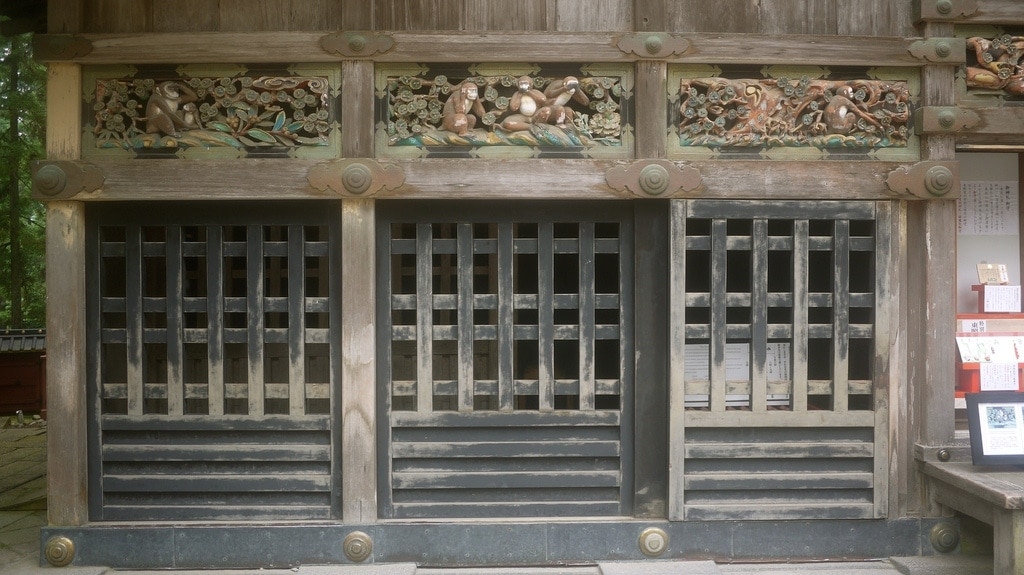
The stable of the shrine’s sacred horses bears a carving of the famous three wise monkeys (三猿), who hear, speak and see no evil, a traditional symbol in Chinese and Japanese culture.
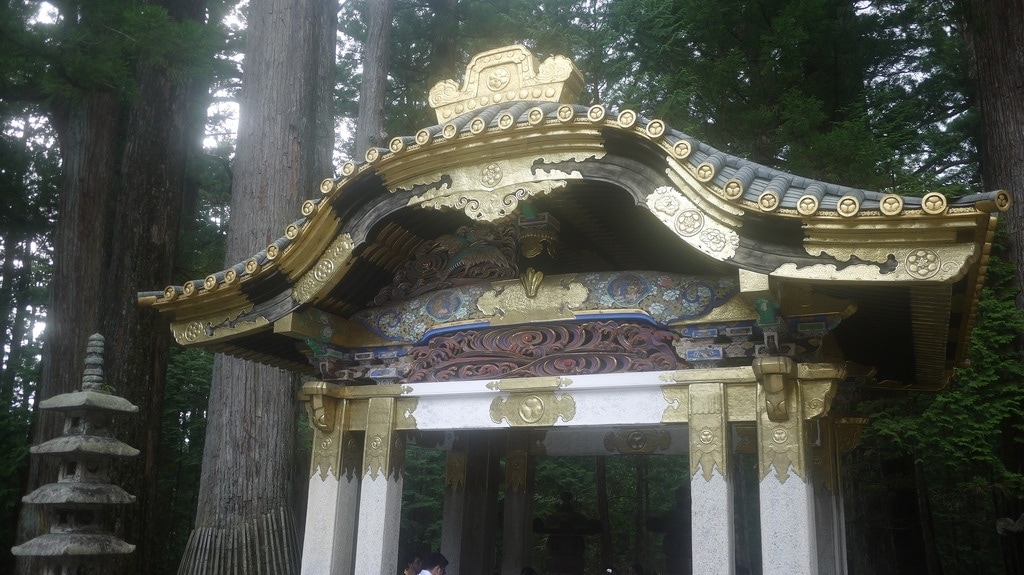
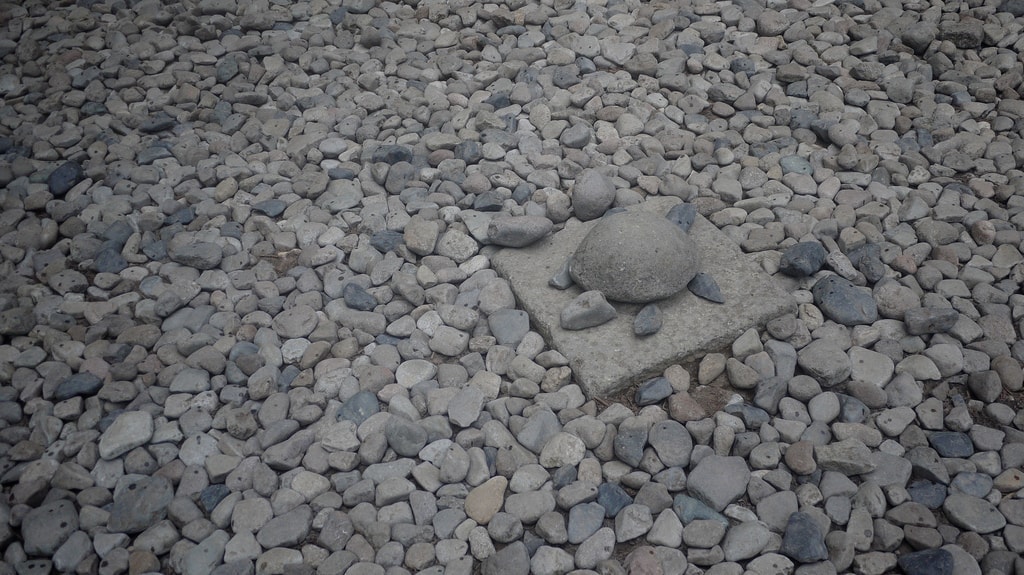
Turtles are a symbol of longevity in Asia – I loved the stone one here that someone had made from loose rocks.
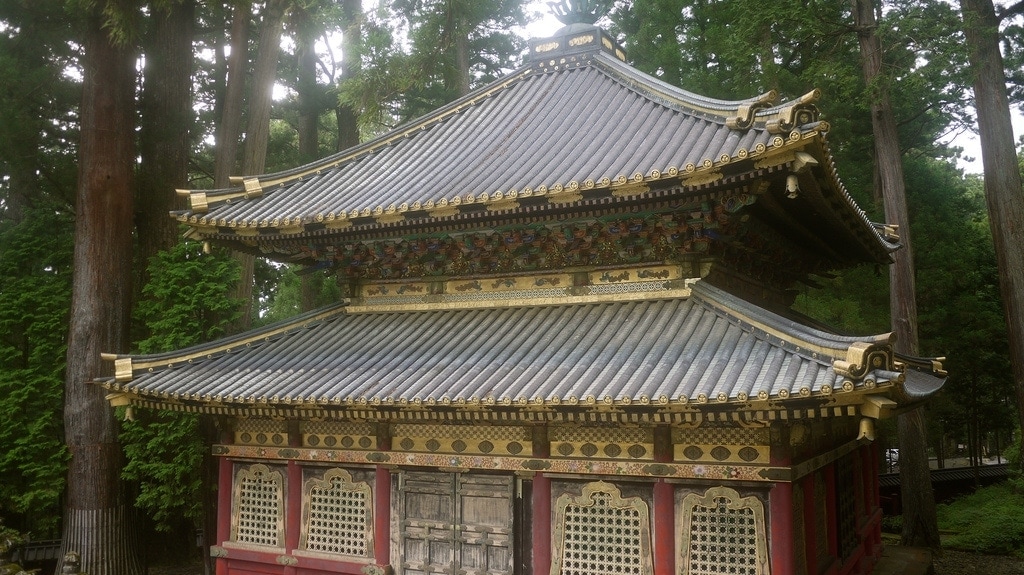
Unlike most Japanese temples and shrines, the buildings here are extremely gaudy and ornate, with multicoloured carvings and plenty of gold leaf, and show heavy Chinese influence.
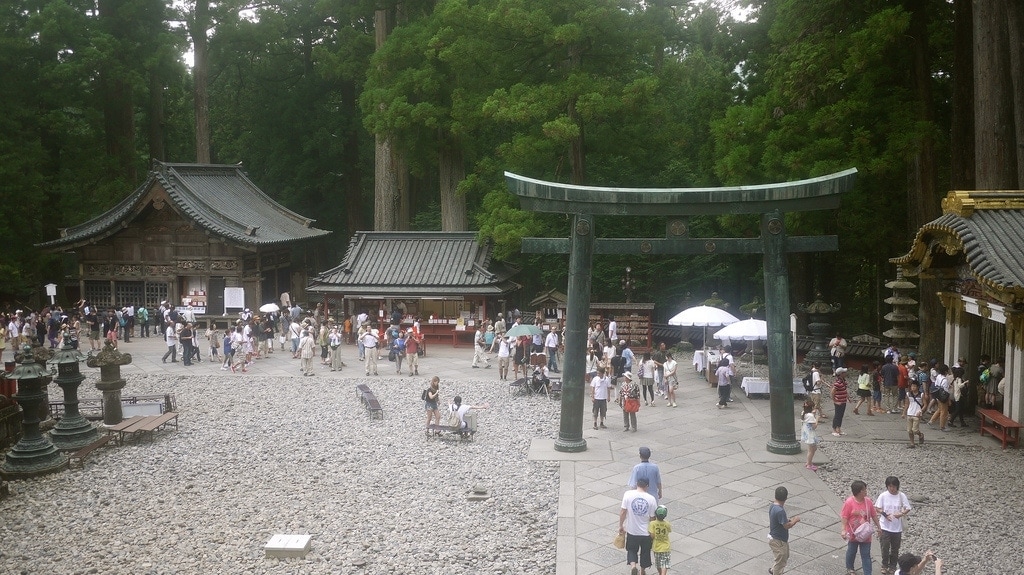
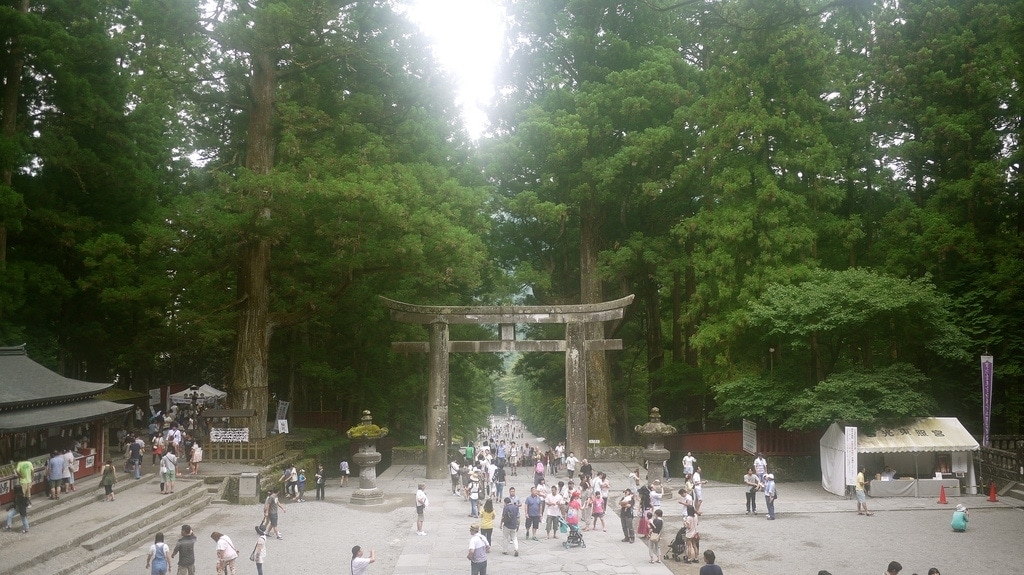
In hindsight I had picked the wrong time to visit Nikko – owing to the Obon (お盆) national holidays/festival falling at the same time we visited, everywhere was very busy. Queuing up to visit a place which should be peaceful and quiet is not my idea of fun.
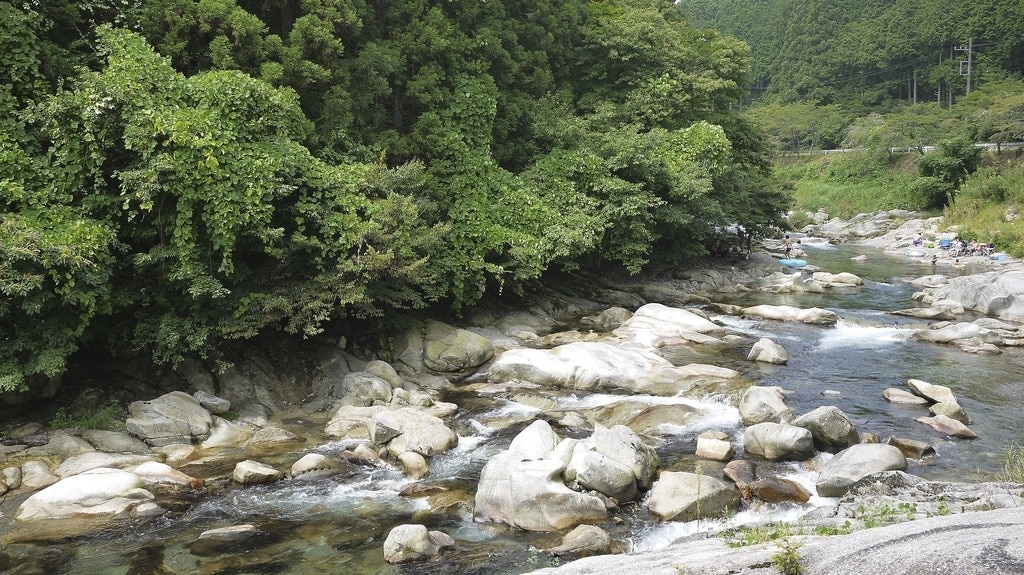
The saving grace of the short trip was staying overnight at the Zen Hostel (recently renamed “Earth Hostel”) which is surrounded by nature and has a beautiful river flowing next to it that I took a dip in twice. The perfect spot in the middle of nowhere to unwind away from the crowds.

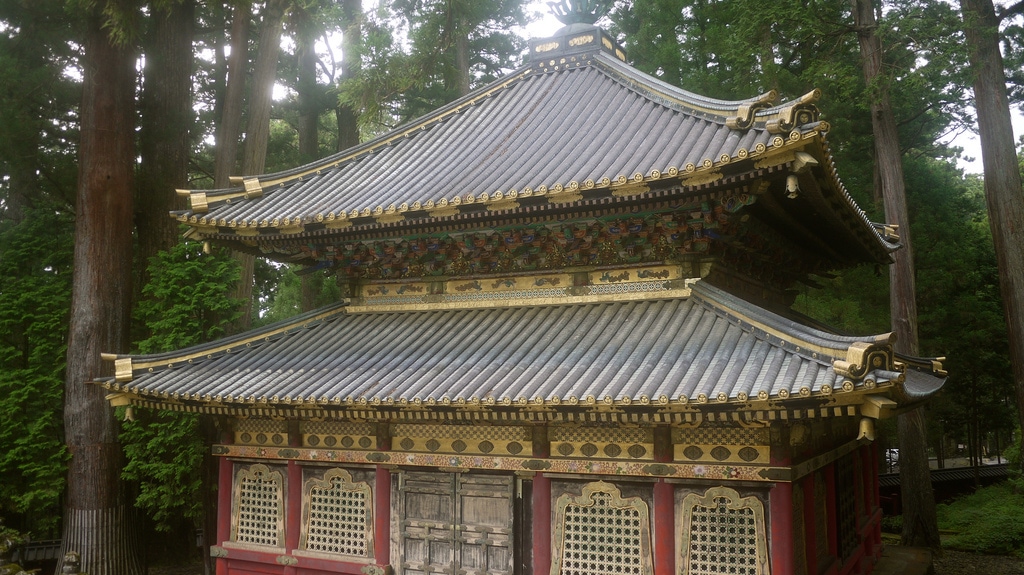
Reply